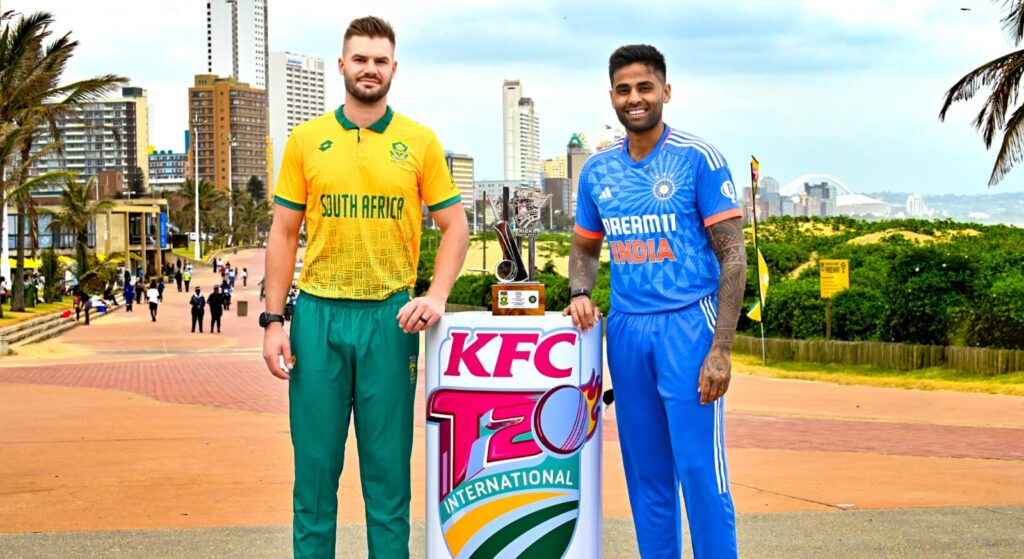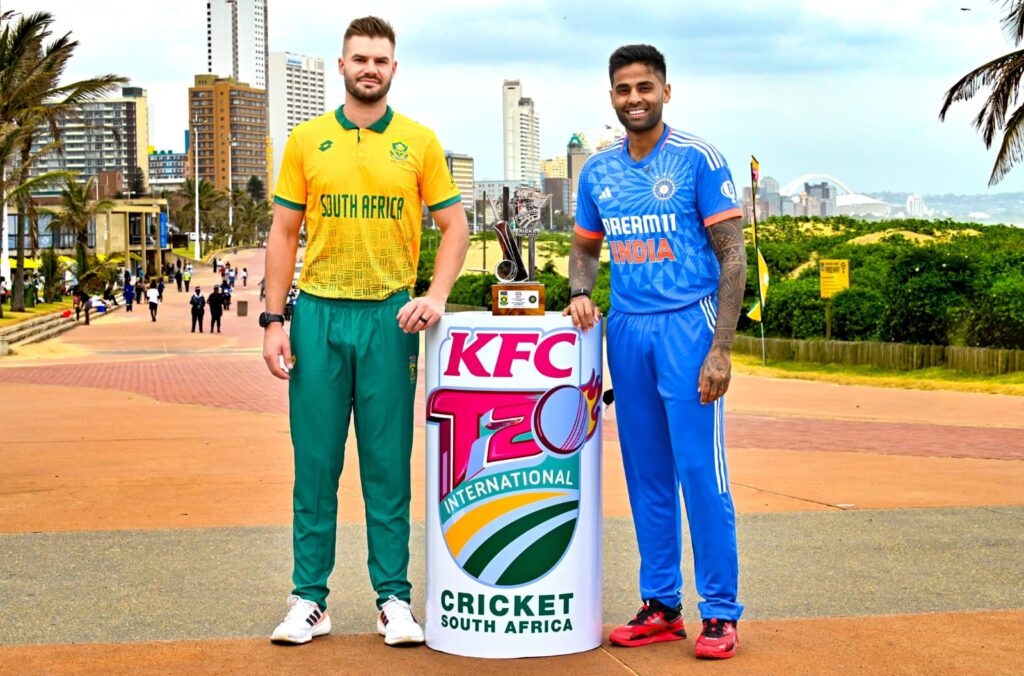Continuity is a rare phenomenon in the chaos that is international cricket. It’s a smaller world compared to other sports, but a busy one. Three days after a World Cup climax in the 50-over format, the two finalists were engaged in a T20I series. Some other teams started playing Test cricket. It becomes difficult to keep track of what is happening where, when and why!
That is why India’s team selection for the T20 series in South Africa seems systematic in an ambience of disorder. This is the most unpredictable and random form of the game. Nobody knows, until now, exactly what the formula is. Conditions differ and according to them, the requirement of resources. Not everything clicks everywhere. It’s tough to zero in on something and stick to that.
The Indian selection committee and the team management have shown consistency in picking these resources. The squad which played against Australia immediately after the World Cup was chosen by default. Or so it seemed. Players who toiled for nearly two months in a high-intensity event had to be rested. There was no choice but to field an alternative side.
By naming more or less the same personnel for the T20 series in South Africa, the selectors have stated that there is a plan. These are the players chosen for this format keeping in mind the T20 World Cup in June 2024, in the West Indies and the USA. The three-match series beginning in Durban on December 10 is the chance to assess who works where and how, who does not, and what else is required. This is an opposition that will test them.
There will be three more T20s against Afghanistan after South Africa. There will be the Indian Premier League (IPL). Decisions might be taken based on the performances then and there. But, the IPL and a national-team event are almost opposite deals. The principles of the game are the same. The team dynamics are different. In South Africa, India’s real countdown for another World Cup will begin. This is a combination check. What happens should have a bearing on who are the men wearing blue in the Caribbean and Florida.
For the first time in India, there is some research-based experiment when it comes to the unique demands of T20. Suryakumar Yadav, Ruturaj Gaikwad, Rinku Singh, Jitesh Sharma, Ravi Bishnoi and Arshdeep Singh have been chosen on that basis, and they have been persisted with. This is because they and a few others are good handlers of those situations.
Rohit Sharma, Virat Kohli, Jasprit Bumrah and Mohammed Shami might well be back in the mix. The likes of Shubman Gill, Yashasvi Jaiswal and Shreyas Iyer will be seen in other formats too. Hardik Pandya will return once he is fit.
This team selection was not about these eventualities. That is the best part.
It concerned identifying a nucleus for this format, which will serve for some time. This sent out signals. There is clarity behind the composition of the T20 team. There is an attempt to find out a core and give the players a fair run. All of them have impressive records in the longer formats in domestic games. It is unmistakable, still, that they can be differently effective with the national team when picked specifically for the roles that T20 demands.
India lacked this scrutiny in the previous T20 World Cups. There were exceptional individuals. As a team, it was a few years in the past. They followed the ODI template. Everyone knows they appeared backdated in the T20 World Cup in Australia in 2022. There is a visible effort to change that. This is what was done with the ODI team. Well before that World Cup, players had been chosen for particular slots and supported even when they were down.
Continuity in team selection for T20s is a welcome extension of that. It’s easy to get swayed and difficult to stay on a chosen track. They have identified who fits where, and those players are getting opportunities. That is why this policy appears orderly in the sometimes knee-jerk world of international cricket. A theory of continuity is not necessarily a handicap, even if things can change in a few deliveries.





